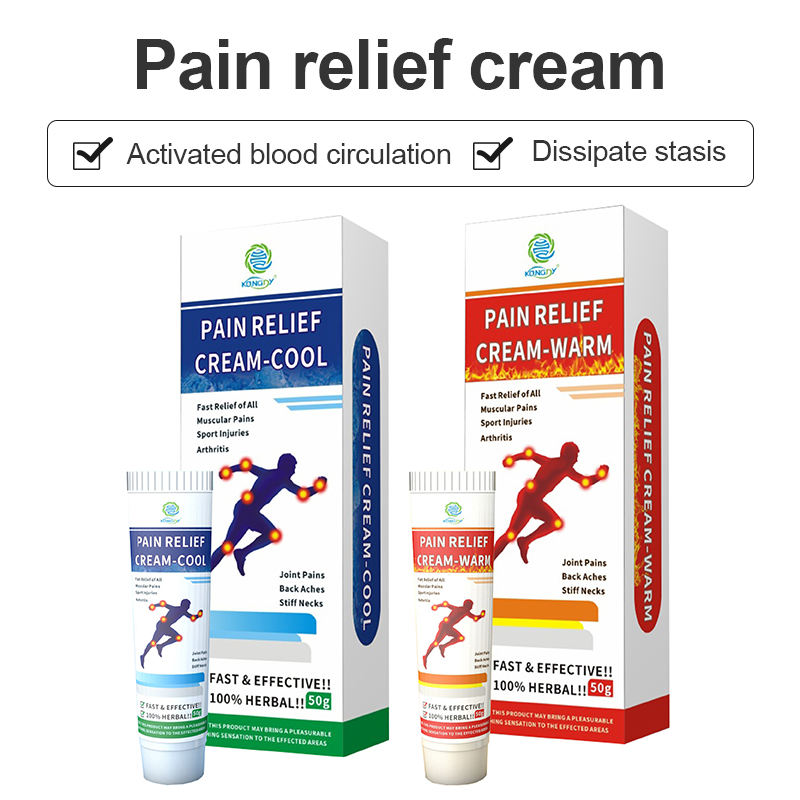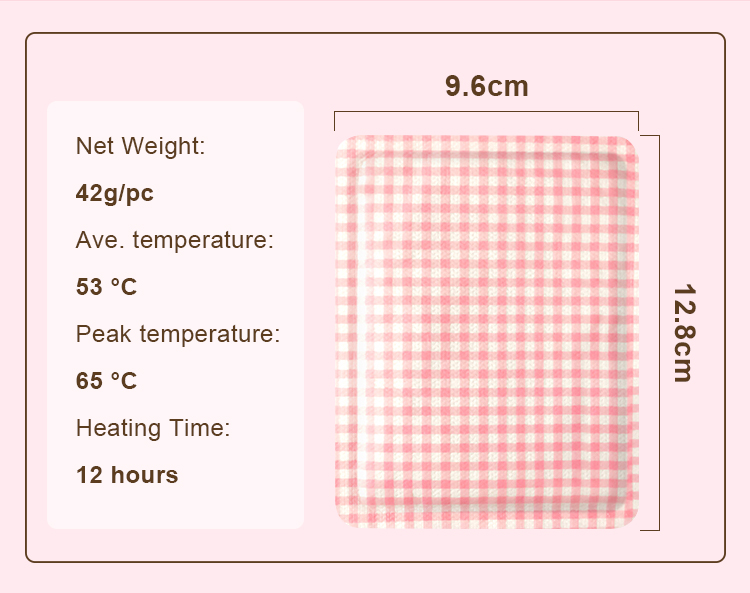Chronic and acute pain can significantly impact the quality of life, affecting everything from daily activities to overall happiness. Pain relief creams offer a promising solution, providing targeted relief that helps reduce discomfort and enhance well-being. This article explores the benefits of pain relief creams, how they work, and how to select and apply them effectively to manage pain and improve your life.
- Understanding Pain Relief Creams
Pain relief creams are topical analgesics that can be applied directly to the skin over painful muscles or joints. They are formulated to reduce inflammation, alleviate pain, and promote faster recovery from muscle strains, sprains, arthritis, and other conditions. Unlike oral pain medications, which affect the entire body, pain relief creams offer localized relief with minimal systemic side effects. - How Pain Relief Creams Work
The efficacy of pain relief creams lies in their active ingredients, which can include:
NSAIDs: Nonsteroidal anti-inflammatory drugs, such as diclofenac, are used in some creams to reduce inflammation directly at the pain site.
Capsaicin: Derived from chili peppers, capsaicin creams deplete substance P—a neurotransmitter that sends pain signals to the brain—thus decreasing the sensation of pain.
Menthol: Often used for its cooling effects, menthol temporarily overrides the sensation of pain with a cool feeling followed by a warm sensation.
Salicylates: Related to aspirin, these chemicals reduce inflammation and can help decrease pain sensations.
Lidocaine: An anesthetic that numbs the skin, providing relief from pain by blocking nerve signals.
Benefits of Using Pain Relief Creams
Targeted Relief: By applying the cream directly where it hurts, you get faster and more direct pain relief compared to systemic medications.
Fewer Side Effects: Topical applications reduce the risk of systemic side effects like gastrointestinal distress that are common with oral medications.
Ease of Use: Creams can be applied easily and can be incorporated into regular self-care routines.
Complementary Treatment: Pain relief creams can be used in conjunction with other treatments, such as physical therapy and oral medications, enhancing overall pain management strategies.

- Choosing the Right Pain Relief Cream
Selecting the most effective pain relief cream depends on the type of pain you are experiencing:
For Muscle Aches and Strains: Look for creams containing menthol and salicylates, which can help soothe sore muscles and reduce inflammation.
For Joint Pain and Arthritis: NSAID creams are beneficial for reducing inflammation and pain in joints.
For Neuropathic Pain: Consider creams with higher concentrations of lidocaine or capsaicin, which are effective in managing nerve pain.
Tips for Using Pain Relief Creams Effectively
Read Instructions Carefully: Each cream has specific guidelines for application and frequency of use. Follow these instructions to maximize the cream’s effectiveness and safety.
Clean and Dry the Area: Before applying the cream, make sure the skin is clean and dry to ensure optimal absorption.
Use the Right Amount: Apply the cream as directed, using enough to cover the painful area without overusing it.
Wash Hands After Application: Unless the cream is meant for your hands, wash them after application to avoid spreading the cream to your eyes or other sensitive areas.
Monitor for Side Effects: While rare, topical creams can cause skin irritation or allergic reactions. Discontinue use and consult a healthcare provider if you notice any adverse effects.
- Incorporating Pain Relief Creams into Your Health Regimen
Integrating pain relief creams into your daily routine can help manage chronic conditions or recover from injuries more comfortably. Here are a few suggestions:
During Physical Activities: Apply pain relief cream before or after exercise to prevent muscle soreness or treat an injury.
In Combination with Other Treatments: Use the cream as part of a broader pain management approach, including heat therapy, cold therapy, or massage.
Routine Application: For chronic conditions, applying the cream at regular intervals can help maintain consistent pain relief.
- Conclusion
Pain relief creams are a versatile, effective, and safe option for managing different types of pain. By choosing the right type and using it appropriately, you can significantly reduce your pain and improve your quality of life. Remember, while pain relief creams are effective for many, they are just one part of a holistic approach to pain management. Always consult with healthcare professionals to tailor a pain relief plan that best suits your individual needs.
Incorporating detailed guides like this into your website not only enhances your SEO but also positions your site as a trusted resource in health and wellness, encouraging more visitors and engagement.






